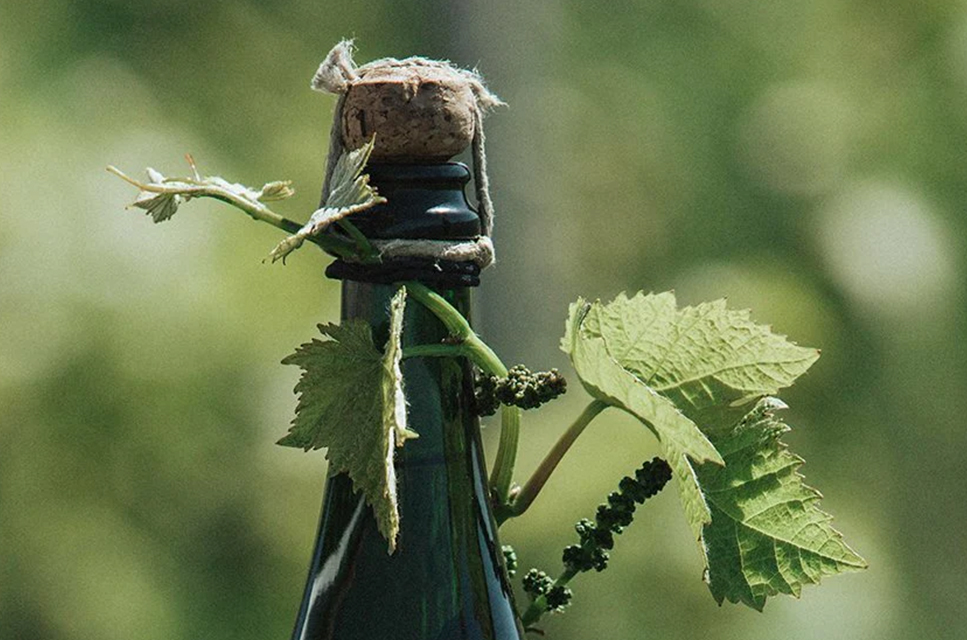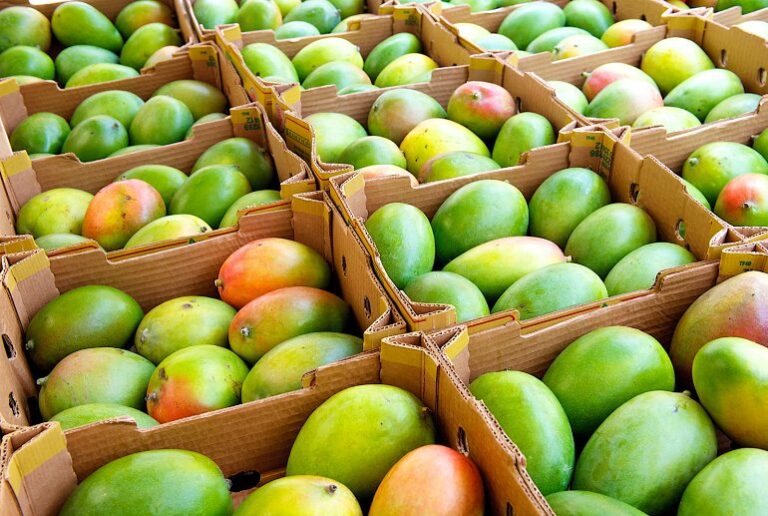Björnstierne Antonsson – aka TheChamapgneSommelier – has written an article on his views on Champagne & Sustainability. [read the full champagne story]
Estimated reading time: 8 minutes

Champagne, often synonymous with celebration and luxury, has a long history of winemaking rooted in the prestigious region of northeastern France. However, as environmental concerns have grown, the Champagne industry has recognized the need to evolve and adapt sustainable practices to mitigate its environmental impact. From vineyard management to packaging, the Champagne industry has made strides in creating a more eco-friendly approach to wine production, focusing on reducing carbon emissions, conserving water, protecting biodiversity, and promoting responsible farming practices.
This article explores the multifaceted ways in which the Champagne industry has embraced sustainability, from vineyard cultivation and biodiversity protection to innovations in production, packaging, and transport.

1. The Environmental Footprint of Champagne Production
The Champagne production process is resource-intensive. Vineyards occupy a considerable amount of land, and the production process itself relies on energy and materials that, without careful management, can have significant environmental impacts.
The major sustainability concerns include:
• Water Usage: Water is heavily used in both the vineyard and the winery.
• Soil and Land Degradation: Monoculture farming and chemical use can lead to soil degradation and loss of biodiversity.
• Carbon Emissions: Emissions result from the use of machinery, transportation, and packaging, particularly the traditional glass bottles.
• Waste Generation: Waste in production and packaging materials can add to environmental impact.
Understanding the nature of these impacts is essential in assessing and improving sustainability in the industry.
2. Sustainable Vineyard Management
The Champagne industry has worked to reduce its environmental footprint by implementing sustainable vineyard management practices that limit the use of chemicals, improve soil health, and conserve water.
a) Organic and Biodynamic Farming
Several Champagne producers have transitioned to organic and biodynamic farming to limit pesticide and fertilizer use. Organic farming avoids synthetic chemicals and relies on natural substances, crop rotation, and other natural pest control methods. Biodynamic farming, often considered a step further, is based on holistic agricultural principles that consider the vineyard as an ecosystem, using natural preparations and lunar cycles to enhance soil fertility and plant health.
b) Water Management
Water scarcity and conservation are significant concerns in Champagne production. Efficient irrigation systems and rainwater harvesting methods are becoming increasingly common in vineyards, reducing the overall water footprint. Many vineyards also use grass cover between vines to prevent soil erosion and increase water retention in the soil.
c) Reduction of Chemical Inputs
The Champagne industry has focused on reducing synthetic chemicals in response to increasing awareness of chemical impacts on soil, water, and surrounding ecosystems. Integrated Pest Management (IPM) is one approach widely used to manage pest populations with minimal chemical intervention, relying instead on natural predators and carefully monitored spraying schedules.
3. Biodiversity and Ecosystem Conservation
a) Preservation of Ecosystem Balance
The Champagne region’s vineyards are part of a larger ecosystem. Many producers have started incorporating hedges, trees, and wildflowers to attract beneficial insects and provide habitats for various species. This practice promotes biodiversity, enhances soil health, and creates a more resilient ecosystem that can adapt to environmental changes.
b) Bee and Bird Habitats
Some Champagne producers are planting specific flora to attract bees, essential for pollination and biodiversity, while also setting up bird nesting boxes within vineyards. These measures support local wildlife, maintain a balanced ecosystem, and indirectly benefit the vineyard by enhancing biodiversity.

4. Carbon Footprint Reduction Initiatives
One of the Champagne industry’s primary objectives in sustainability is reducing its carbon footprint, from production and packaging to distribution.
a) Renewable Energy Adoption
Several Champagne houses have shifted to renewable energy sources, such as solar panels, to power their operations. Others have implemented energy-saving practices in cellars and warehouses, such as using natural light, LED lighting, and automated systems that reduce unnecessary energy consumption.
b) Lightweight Bottling
Glass bottles are a significant contributor to Champagne’s carbon footprint. Champagne producers are actively working on designing lighter bottles that require fewer resources and produce fewer emissions during manufacturing and transportation. The Comité Champagne, a trade association for the Champagne industry, has encouraged the use of lighter glass bottles as a standard to lower the industry’s carbon footprint.
c) Sustainable Transport
Many Champagne producers are optimizing logistics to reduce the environmental impact of distribution. This includes reducing the distance Champagne is transported by sea or rail rather than air freight and exploring local distribution methods that reduce transportation-related emissions.

5. Packaging Innovations for Sustainability
Packaging plays a critical role in sustainability as it significantly impacts resource use and waste generation. Champagne producers are finding innovative ways to make packaging more sustainable without compromising product quality or brand image.
a) Recycled and Recyclable Materials
Many Champagne producers are incorporating recycled and recyclable materials into their packaging. This includes recycled paper labels, cardboard boxes, and biodegradable packing materials. Some companies are also exploring compostable alternatives for traditional packaging components.
b) Reducing Unnecessary Packaging
The luxury image of Champagne often comes with elaborate packaging. However, producers are now focusing on minimalist designs that reduce packaging materials without detracting from the product’s prestige. By avoiding excessive materials, Champagne houses are working to create a more environmentally friendly packaging approach.

6. Certifications and Standards in Champagne Sustainability
Certifications help consumers identify sustainable choices and ensure Champagne houses adhere to established sustainability standards. In recent years, several certifications have been created to encourage and verify environmentally responsible practices.
a) High Environmental Value (HVE) Certification
HVE, or Haute Valeur Environnementale, is a French certification that focuses on biodiversity conservation, plant protection, water management, and soil health. Many Champagne producers have obtained this certification to showcase their commitment to sustainable practices.
b) The Sustainable Viticulture in Champagne (VDC) Label
The VDC label is a certification specifically for the Champagne region, developed by the Comité Champagne. This certification focuses on sustainable practices tailored to the unique environmental challenges of Champagne production. It includes standards for vineyard management, biodiversity, water, and energy conservation.
7. Challenges to Sustainability in Champagne Production
Despite the industry’s progress, there are still challenges Champagne producers face on the road to full sustainability:
a) Cost Implications
Implementing sustainable practices often comes with increased costs, whether through investing in new equipment, training staff, or certifying vineyards. While large Champagne houses may have the resources to absorb these costs, smaller producers might struggle to keep up.
b) Climate Change
The Champagne region, like all wine-producing areas, is vulnerable to climate change. Rising temperatures can alter grape ripening times, change the flavor profiles of wines, and increase the frequency of extreme weather events like frost and hail. Adapting to these changes while maintaining sustainability practices presents an ongoing challenge for Champagne producers.
8. The Role of Consumers in Supporting Sustainable Champagne
Consumers have a pivotal role in driving demand for sustainable Champagne. By supporting brands that prioritize sustainable practices, consumers encourage more producers to adopt eco-friendly methods. Educated choices, such as looking for HVE or VDC-certified Champagne, can make a significant impact on the industry and reinforce the importance of sustainability.
Conclusion
Sustainability in the Champagne industry is a complex but necessary journey. From vineyard management to packaging and distribution, Champagne producers are making strides toward more responsible and eco-friendly practices. The Champagne industry’s commitment to sustainability is crucial for preserving the natural resources, biodiversity, and climate that are vital to producing high-quality wine. Through continued innovation, collaboration, and support from consumers, the Champagne industry can sustain its reputation for excellence while contributing to a healthier, more sustainable planet.
Sustainable Champagne reflects a new era of luxury—one that combines quality with ecological mindfulness, proving that tradition and environmental stewardship can indeed go hand in hand.
[read more in CIVC – champagne.com]






